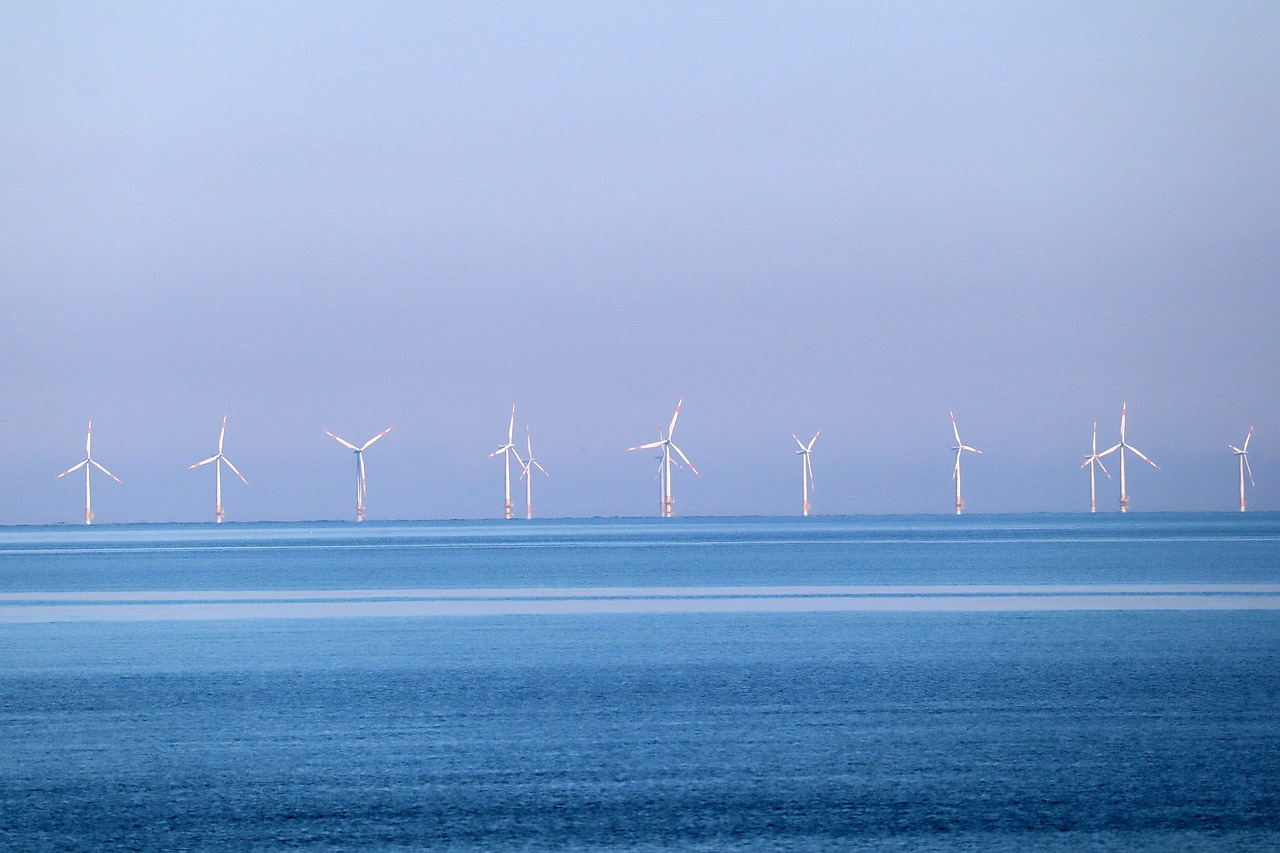
DNV has unveiled a major update to its widely utilized standard, DNV-ST-N001. The revision, the first in five years, is designed to guide the design and planning of marine operations for offshore wind farms, subsea cables, and oil and gas assets.
The offshore industry is undergoing a transformative phase amidst the global energy transition, and DNV’s update comes in response to industry feedback, ensuring that the standard remains relevant and supports the development of cost-effective marine operations. With offshore wind expected to contribute substantially to global energy production, the revised standard positions itself as a crucial tool for ensuring safety and efficiency in marine operations worldwide.
Key Changes Reflect the Industry’s Commitment to the Energy Transition
DNV-ST-N001 signifies a strategic response to the changing nature of the offshore industry in alignment with the ongoing energy transition. DNV estimates that offshore wind’s global contribution to total wind production will surge from 8% in 2020 to an impressive 34% in 2050, reaching almost 2000 GW.
The revision process involved an extensive external hearing exercise, with over 400 comments received from the industry, out of which more than 350 were of a technical nature. This collaborative approach ensures that the standard incorporates diverse perspectives and remains at the forefront of industry changes.
Continuous Evolution Through Industry Engagement
Since its inception in 2016, DNV-ST-N001 has undergone regular updates and enhancements, driven by continuous engagement with industry stakeholders. The latest revision, with its 800 pages of content, reflects the organization’s commitment to maintaining the highest standards of safety and efficiency in marine operations.
Lucy Craig, Director of Growth, Innovation & Digitalization, Energy Systems at DNV, emphasized the importance of industry engagement in ensuring the standard’s effectiveness. She stated, “The latest revision of DNV-ST-N001 further reinforces its position as the de-facto standard used to safely undertake marine operations all over the world, providing the needed assurance in the implementation of the energy transition.”
Global Collaboration for Comprehensive Standards
The update to DNV-ST-N001 involved collaboration across DNV’s global network of marine operations and marine warranty survey experts. Ankor Raithatha, Global Service Area Leader for Noble Denton marine services at DNV, highlighted the significance of industry comments, particularly from developers and contractors engaged in offshore wind farm construction activities.
Organizations using DNV-ST-N001 benefit from a widely accepted standard for planning and executing marine operations at all stages of project development. This consistency in approach, irrespective of the parties involved, enhances the overall effectiveness of the standard.
Accessible through DNV’s Rules and Standards Explorer+ Platform
DNV-ST-N001 can be accessed alongside DNV’s suite of standards and recommended practices for the energy industry through the Veracity by DNV platform. By subscribing to DNV’s Rules and Standards Explorer+, organizations can stay abreast of the latest industry standards and ensure their marine operations align with the best practices set by DNV.
About DNV
DNV is an independent assurance and risk management provider operating in more than 100 countries. Committed to advancing safety and sustainable performance, DNV sets industry standards and provides solutions to help customers manage technological and regulatory complexity with confidence.
source:Europawire

